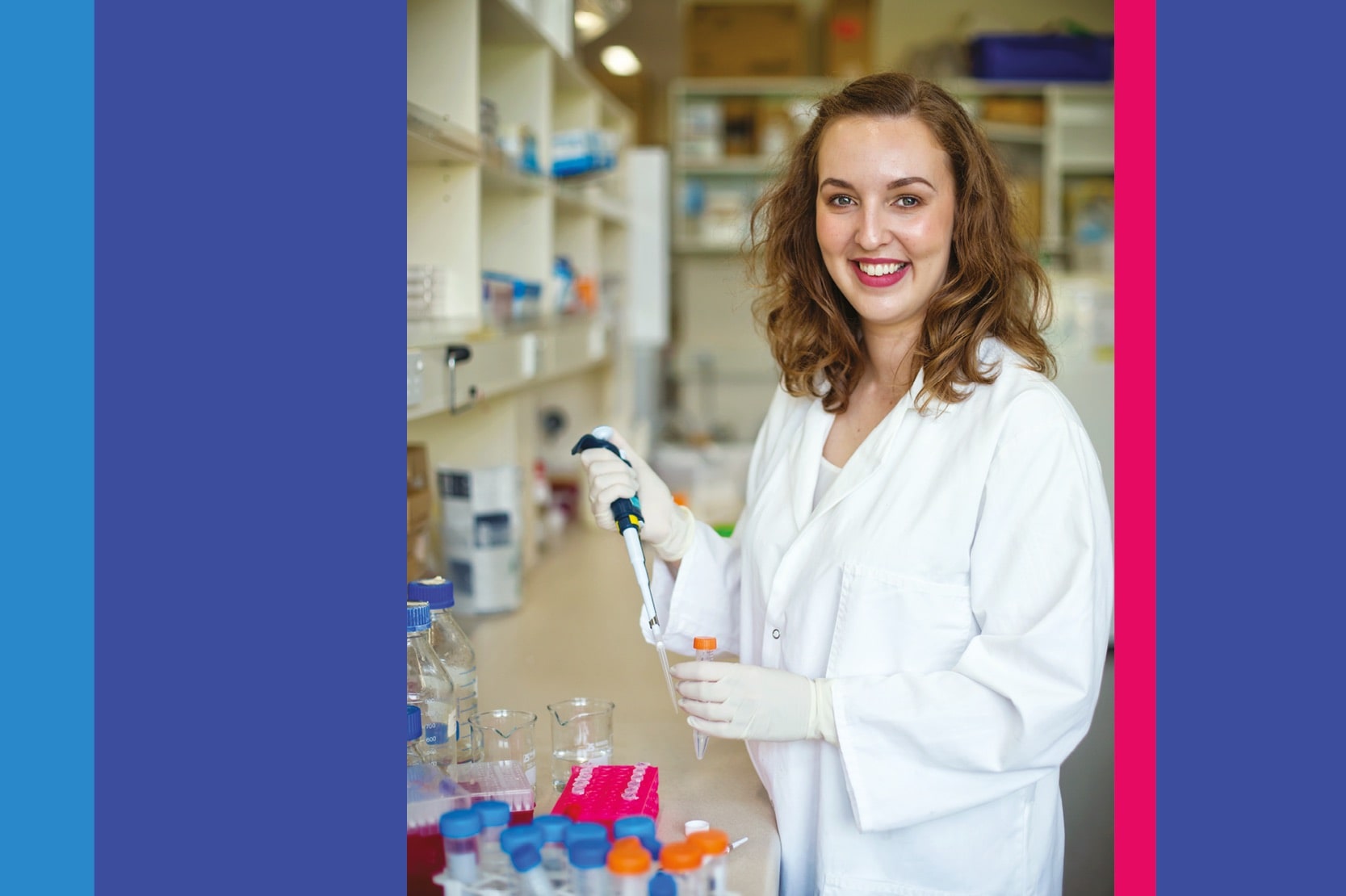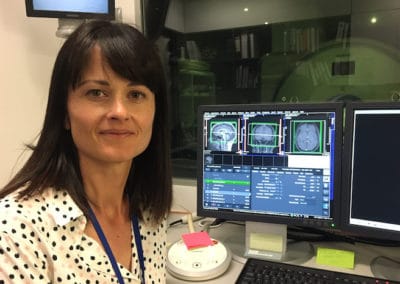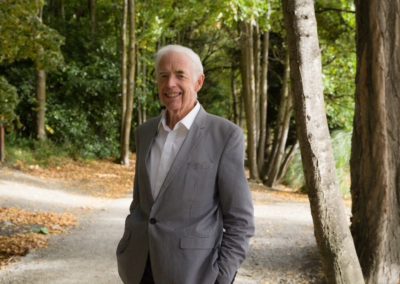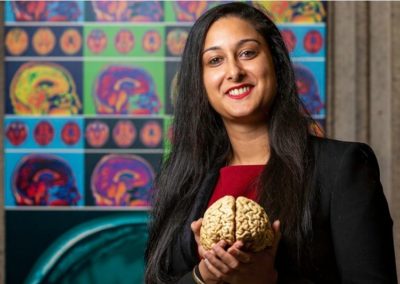“I can’t really remember a time that I wasn’t interested in science,” Sophie Mathiesen (Ngāpuhi) says. “My dad has a background in engineering and mum in chemistry, so they were always keen to help with the elaborate projects I designed.” In high school, Sophie developed a strong interest in biology, which led her to take up a neuroscience degree at the University of Otago. She also picked up psychology as a second major because she enjoyed having a more comprehensive understanding of the brain at both a physiological and cognitive level.
Sophie first started working on Alzheimer’s in an undergraduate project: “I’d developed a fascination with the pathology of Alzheimer’s disease from some earlier classes, so I decided to take on an Alzheimer’s-related project in Prof. Cliff Abraham’s lab.” She investigated potential therapeutic proteins and how they change the electrical activity of the brain. And, she adds, “Cliff has been stuck with me since!”
Sophie’s PhD project, supervised by Cliff and Associate Prof. Stephanie Hughes, is trialling a new therapeutic approach for treating Alzheimer’s disease. The treatment uses gene therapy, a technology which changes the genetics of the brain cells by delivering a gene of interest to the brain by using a modified virus called a viral vector. The gene that is packaged into the viral vector will help the cells to break down proteins that they no longer need. “It is thought that Alzheimer’s disease is caused by a build-up of such proteins, so I hope that the cells will instead be able to break them down quickly before the cells are damaged,” Sophie says.

 Using gene therapy for treating Alzheimer’s disease has two advantages, she explains: “Therapeutics can be administered non-invasively, for example through an intravenous injection, and achieve a long-lasting effect that is widespread throughout the whole brain.” However, before treatments can be trialled in humans, they have to undergo a rigorous testing process in animals. Sophie is trialling her treatment in a well-characterised mouse model of Alzheimer’s disease, which mimics the human disease. The hope is that one day it will be translated to a treatment for humans.
Using gene therapy for treating Alzheimer’s disease has two advantages, she explains: “Therapeutics can be administered non-invasively, for example through an intravenous injection, and achieve a long-lasting effect that is widespread throughout the whole brain.” However, before treatments can be trialled in humans, they have to undergo a rigorous testing process in animals. Sophie is trialling her treatment in a well-characterised mouse model of Alzheimer’s disease, which mimics the human disease. The hope is that one day it will be translated to a treatment for humans.
BRNZ is the perfect place for Sophie to do this kind of research. “I am mentored by some of the top neurological disease researchers in the country, I get valuable opportunities to collaborate with other researchers, and I am surrounded by a strong network of like-minded early career researchers,” she says. Through BRNZ, she has also been able to communicate her research to the wider public, including Māori communities, which as she points out, “provide a unique perspective on the sometimes sterile world of basic science research.”
Sophie hails from Ngāpuhi and is in the midst of discovering her whakapapa. She has been studying te reo Māori and is a tutor at the Māori centre Te Huka Mātauraka, where she provides academic and social support for Māori students. Within BRNZ, she is part of a network of Māori researchers, who hold wānanga throughout the year. Sophie has found her place within BRNZ – and she also knows where she would like to be in the future. “I love teaching, so I would like to pursue a lectureship position,” she says. “And I definitely want to stay in neuroscience research – this is my home.”



